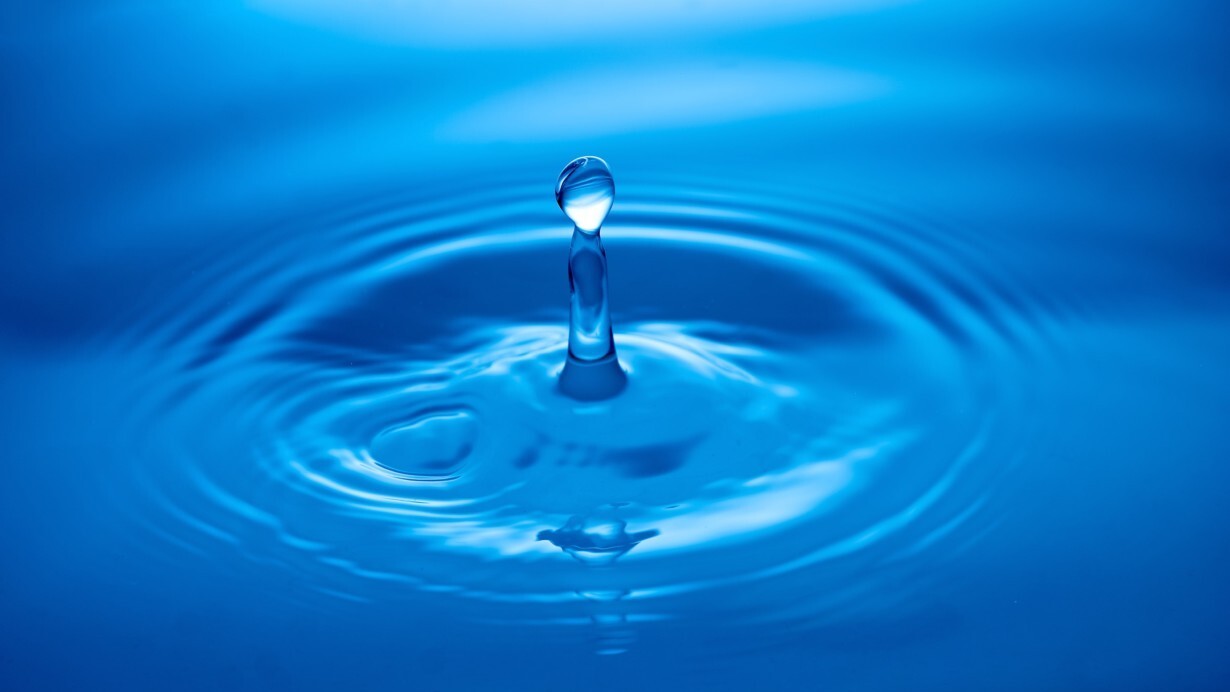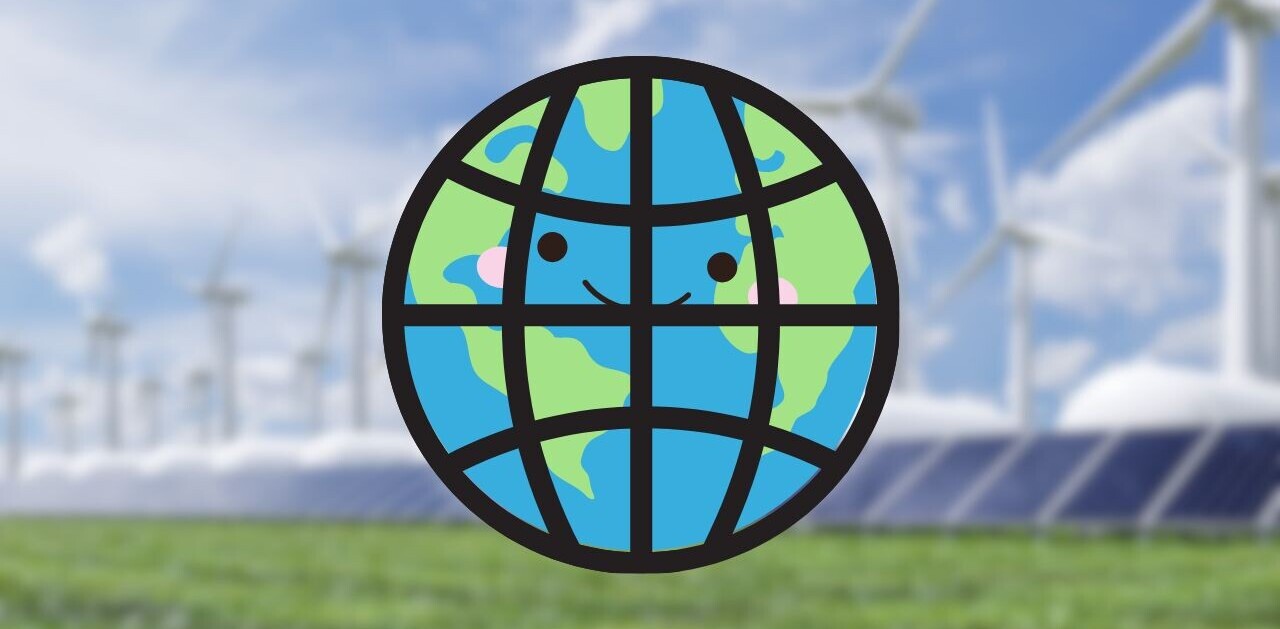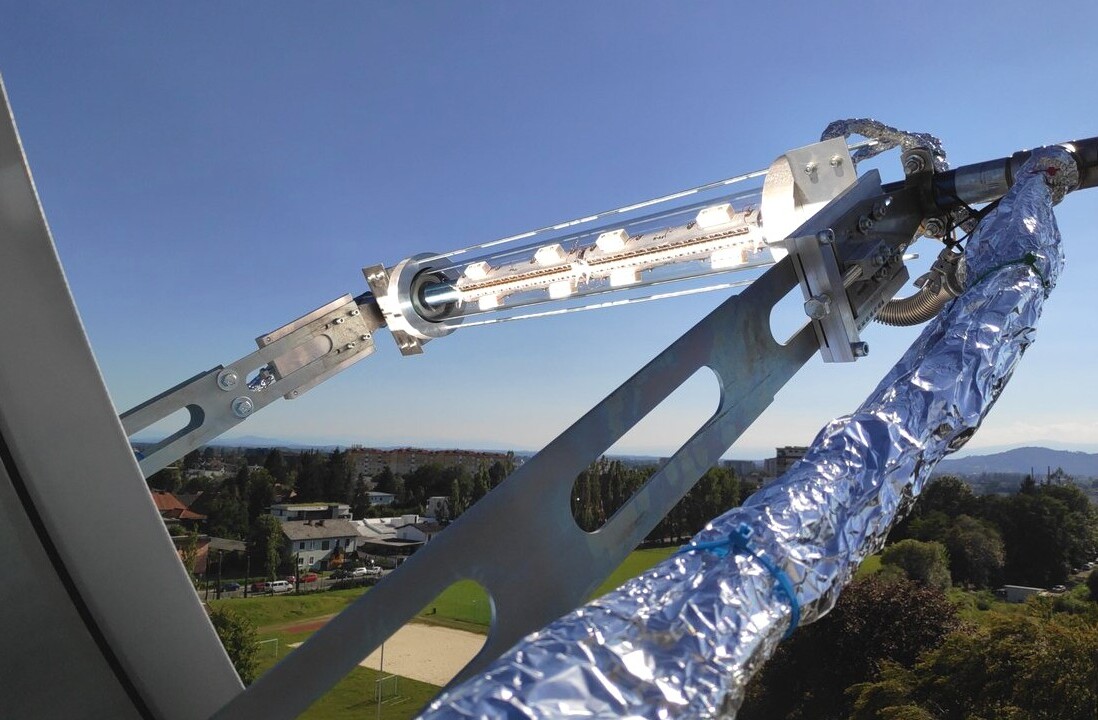
We all want to make the switch to more sustainable energy sources (or at least the sane ones), but the problem is making it reliable enough to replace our current systems. Big part of that is creating better energy storage, which according to scientists could be achieved with good ol’ H2O.
North Carolina State University researchers have published a paper on how layering materials with atomic-thin layers of water can improve storage and discharge capabilities. Veronica Augustyn, assistant professor of materials science and engineering at NCSU, says that the experiment is only the first step towards real-world application, but the findings are promising.
The fundamental idea is that this could allow an increased amount of energy to be stored per unit of volume, faster diffusion of ions through the material, and faster charge transfer.
According to Augustyn this could lead to thinner batteries, faster acceleration in electric cars, and faster storage for renewable-based power grids. Faster storage would make it easier to create more flexible and reliable grid systems for sustainable energy.
The researchers compared the charging capabilities of crystalline tungsten oxide and crystalline tungsten oxide hydrate (same material but with water layers). The regular material stored more energy after 10 minutes of charging, but the layered material did better when they were only charged for 12 seconds.
Not only did the layered material store more energy during short charging, but it also charged more efficiently. With the layers, less of the energy is wasted as heat which makes Augustyn hopeful that the new method could be employed in high-powered energy-storage devices.
James Mitchell, lead author of the paper and Ph.D. student at NCSU, explains that one of the main goals of energy-storage researchers is combining the best of batteries and capacitors: high energy density and high power. Mitchell believes that the findings of their research could help developing technologies that bridge that gap.
Get the TNW newsletter
Get the most important tech news in your inbox each week.





